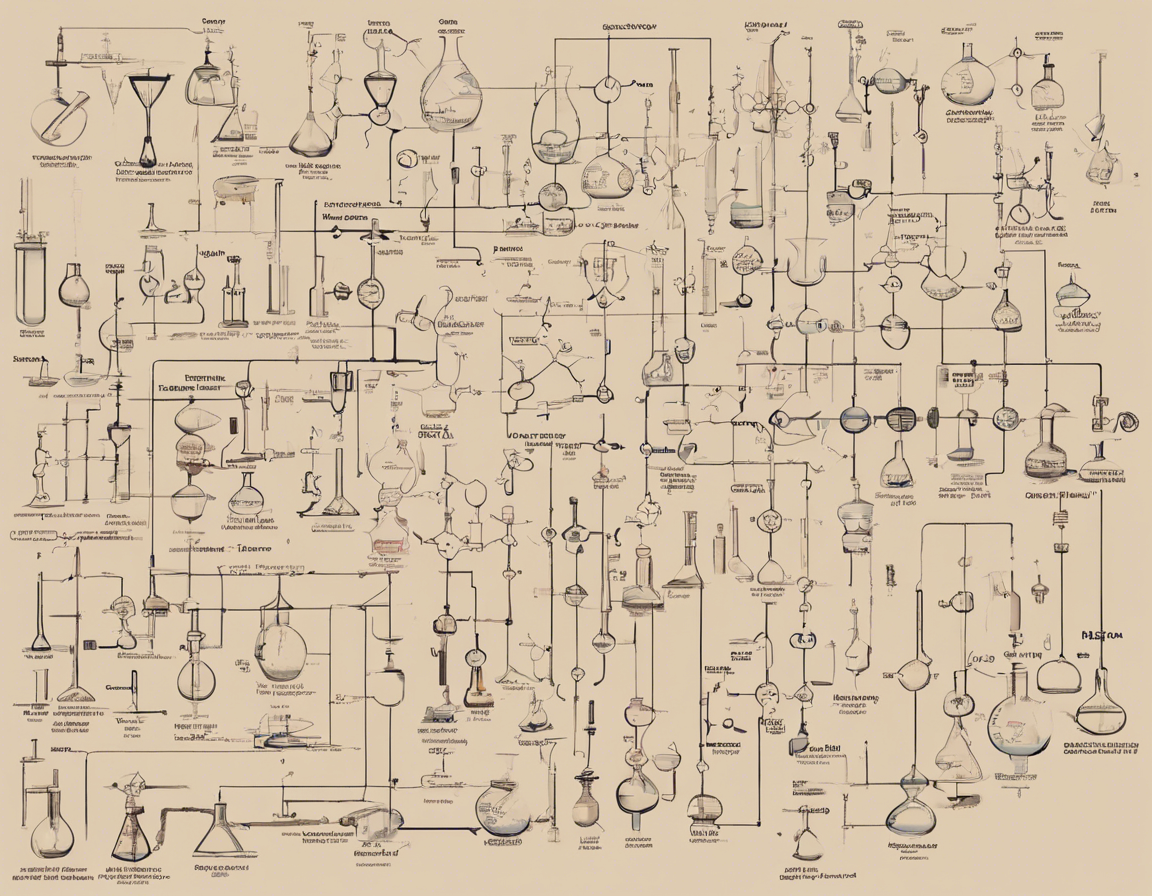Introduction Harper's Illustrated Biochemistry, authored by Robert K. Murray, David A. Bender, Kathleen M. Botham, and Peter J. Kennelly, is a renowne
Introduction
Harper’s Illustrated Biochemistry, authored by Robert K. Murray, David A. Bender, Kathleen M. Botham, and Peter J. Kennelly, is a renowned textbook in the field of biochemistry. This comprehensive guide provides students and professionals with in-depth knowledge of the fundamental principles and intricate processes that govern biochemical reactions in living organisms. In this blog post, we will delve into the essential concepts covered in Harper’s Biochemistry, shedding light on key topics, important biochemical pathways, and the significance of understanding biochemistry in various fields such as medicine, nutrition, and biotechnology.
Chapter 1: Introduction to Biochemistry
The first chapter sets the stage by introducing the basic concepts of biochemistry, such as the chemical elements that make up living organisms, the structure and function of biological macromolecules (proteins, nucleic acids, carbohydrates, and lipids), and the central dogma of molecular biology. Understanding these foundational concepts is crucial for grasping the complexities of cellular structure and biochemical processes.
Chapter 2: Protein Structure and Function
Proteins play a vital role in nearly all biological processes, serving as enzymes, structural components, signaling molecules, and more. This chapter delves into the primary, secondary, tertiary, and quaternary structures of proteins, elucidating how the unique three-dimensional shape of a protein determines its function. Topics such as protein folding, denaturation, and the relationship between structure and function are explored in detail.
Chapter 3: Enzymes
Enzymes are biological catalysts that facilitate biochemical reactions by lowering the activation energy required for these processes to occur. In this chapter, the catalytic mechanisms of enzymes, factors influencing enzyme activity, and enzyme kinetics are discussed. The concept of enzyme inhibition, both reversible and irreversible, is also examined, emphasizing the regulation of metabolic pathways through enzymatic activity.
Chapter 4: Bioenergetics
Bioenergetics focuses on the study of energy transformation in living systems, including the processes of ATP synthesis, energy storage, and energy release during metabolic reactions. The concepts of redox reactions, electron carriers, and the role of mitochondria in energy production through oxidative phosphorylation are central to understanding how cells generate and utilize energy.
Chapter 5: Carbohydrate Metabolism
Carbohydrates are essential biomolecules that serve as a primary energy source for cells and play a crucial role in cellular structure and signaling. This chapter outlines the pathways of carbohydrate metabolism, including glycolysis, gluconeogenesis, the citric acid cycle, and glycogen metabolism. The regulation of blood glucose levels and the metabolic adaptations that occur in response to fasting or feeding are also explored.
Chapter 6: Lipid Metabolism
Lipids are diverse molecules that serve as energy storage depots, structural components of cell membranes, and signaling molecules. This chapter delves into the metabolism of fatty acids, cholesterol, and lipoproteins, highlighting the processes of fatty acid synthesis, β-oxidation, and lipid transport. The regulation of lipid metabolism and its implications for health and disease are also discussed.
Chapter 7: Amino Acid Metabolism
Amino acids are the building blocks of proteins and serve as precursors for various essential molecules in the body. This chapter explores the catabolic and anabolic pathways of amino acid metabolism, including transamination, urea cycle, and nitrogen balance. The interconnected nature of amino acid metabolism with carbohydrate and lipid metabolism underscores the importance of a balanced diet and proper nutrient utilization.
Chapter 8: Nucleotide Metabolism
Nucleotides are crucial molecules involved in DNA and RNA synthesis, energy transfer, and cellular signaling. This chapter focuses on the biosynthesis and degradation of purine and pyrimidine nucleotides, highlighting key enzymes and regulatory mechanisms in nucleotide metabolism. The significance of nucleotide synthesis in cell proliferation, gene expression, and therapeutic interventions is emphasized.
FAQs:
- What is the importance of studying biochemistry?
-
Understanding biochemistry is essential for comprehending the molecular basis of life processes, drug action, disease mechanisms, and biotechnological applications. It provides insights into how cells function and interact, paving the way for advancements in medicine, agriculture, and environmental science.
-
How does biochemistry relate to other fields of science?
-
Biochemistry interfaces with disciplines such as biology, chemistry, pharmacology, and genetics, contributing to our understanding of physiological processes, biochemical pathways, and molecular interactions. Its applications extend to fields like personalized medicine, drug discovery, and biotechnology.
-
What are some common biochemical techniques used in research?
-
Techniques such as chromatography, electrophoresis, spectrophotometry, mass spectrometry, and molecular biology methods (PCR, DNA sequencing) are commonly employed in biochemical research to analyze biomolecules, study enzymatic reactions, and elucidate molecular structures.
-
How do genetic mutations impact biochemical pathways?
-
Genetic mutations can alter the structure or function of proteins, enzymes, or metabolic pathways, leading to inherited metabolic disorders, enzyme deficiencies, or susceptibility to diseases. Studying the biochemical consequences of genetic variations is crucial for diagnosing and treating genetic conditions.
-
What are the emerging trends in biochemistry research?
- Current trends in biochemistry research include exploring the microbiome’s role in human health, deciphering epigenetic mechanisms, developing targeted cancer therapies, advancing gene editing technologies like CRISPR, and harnessing synthetic biology for creating novel biomolecules and bio-based materials.
In conclusion, Harper’s Illustrated Biochemistry serves as a valuable resource for students, researchers, and professionals seeking a comprehensive understanding of the intricate world of biochemistry. By delving into the molecular mechanisms governing life processes, biochemical pathways, and metabolic regulation, individuals can gain insights that drive innovation, discovery, and advancements in diverse fields of science and medicine.


COMMENTS